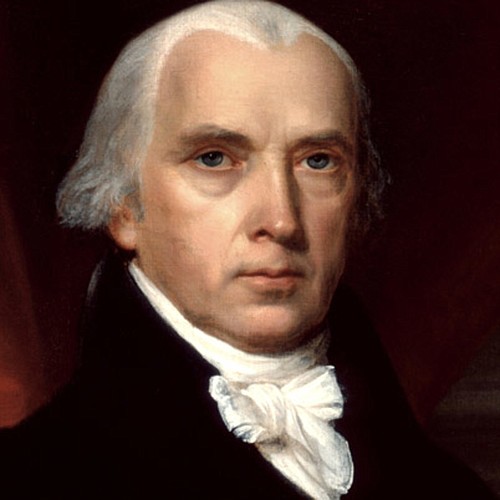
For a special interest group to use mass media to influence public opinion is not a recent trend — it was used by the framers of the Constitution to guide public opinion toward ratification.
James Madison, Alexander Hamilton and John Jay submitted a series of letters to newspapers under the pen name “Publius” that advocated for the Constitution’s role in setting up a national government in the best interest of the public.
Two of the letters, known as Federalist 47 and Federalist 51 after the collection was published in book form in 1788, deal directly with the separation of powers.
The letter published Feb. 1, 1788, in the New York Packet is attributed by historians to Madison, who makes the case for defining the authorities of the three branches of government.
“The accumulation of all powers, legislative, executive and judiciary, in the same hands, whether of one, a few, or many, and whether hereditary, selfappointed, or elective, may justly be pronounced the very definition of tyranny” and “the preservation of liberty requires that the three great departments of power should be separate and distinct,” it states.
He then describes facets of British government organization and cites examples from New England and Southern state constitutions, including Georgia’s, which declared that “the legislative, executive, and judiciary departments shall be separate and distinct, so that neither exercise the powers properly belonging to the other.”
A week later, another essay, attributed to Madison or Hamilton, was published by the Packet and expanded on the concept of checks and balances.
“To what expedient, then, shall we finally resort, for maintaining in practice the necessary partition of power among the several departments, as laid down in the Constitution? The only answer that can be given is, that as all these exterior provisions are found to be inadequate, the defect must be supplied, by so contriving the interior structure of the government as that its several constituent parts may, by their mutual relations, be the means of keeping each other in their proper places.”